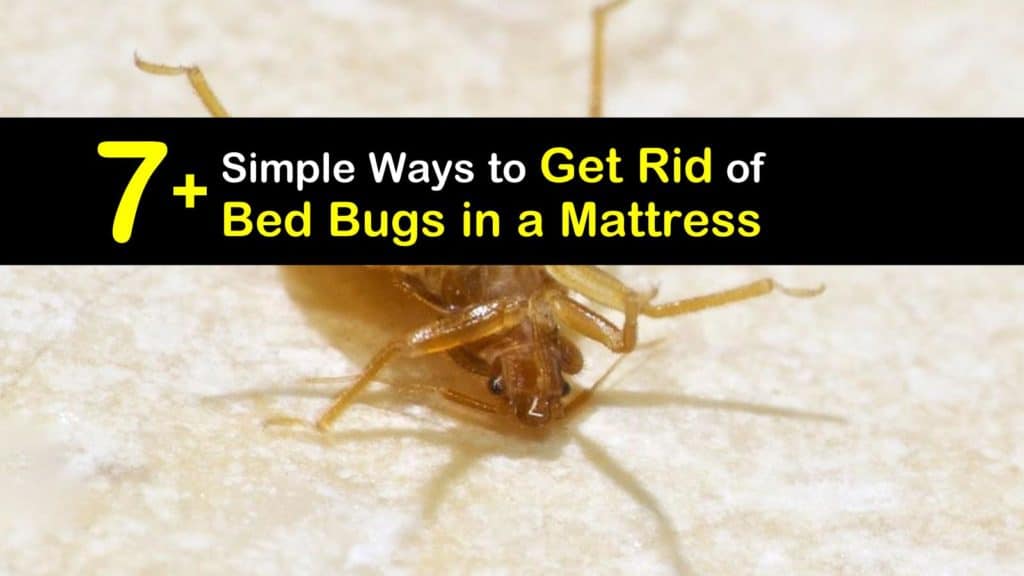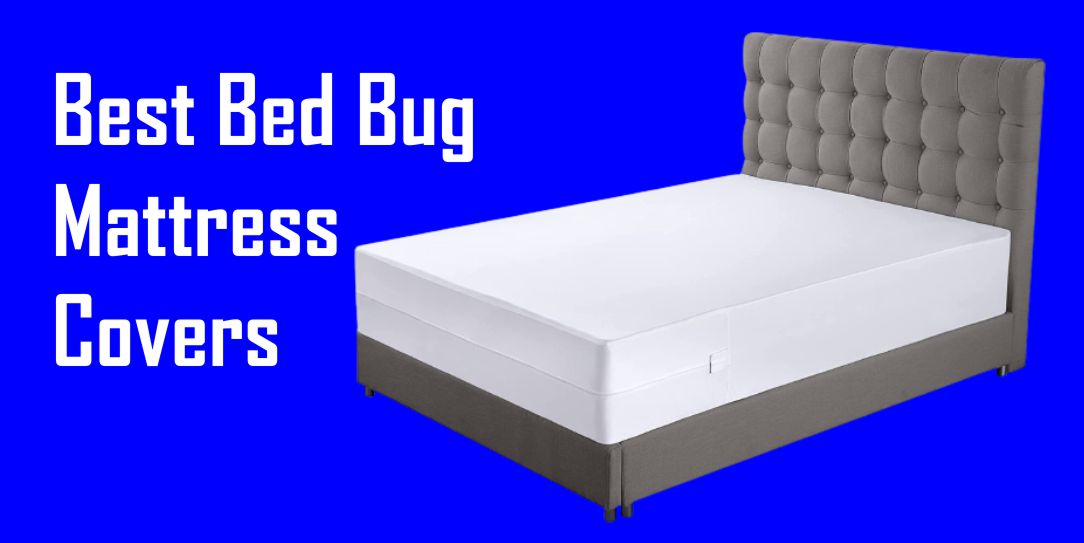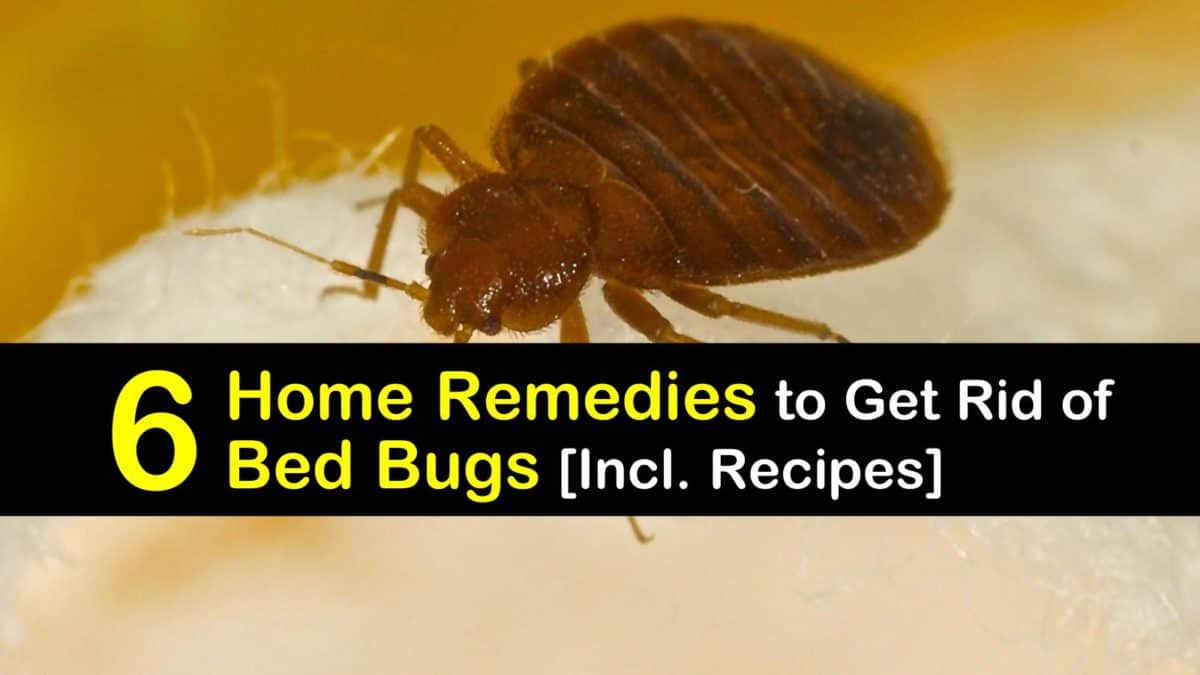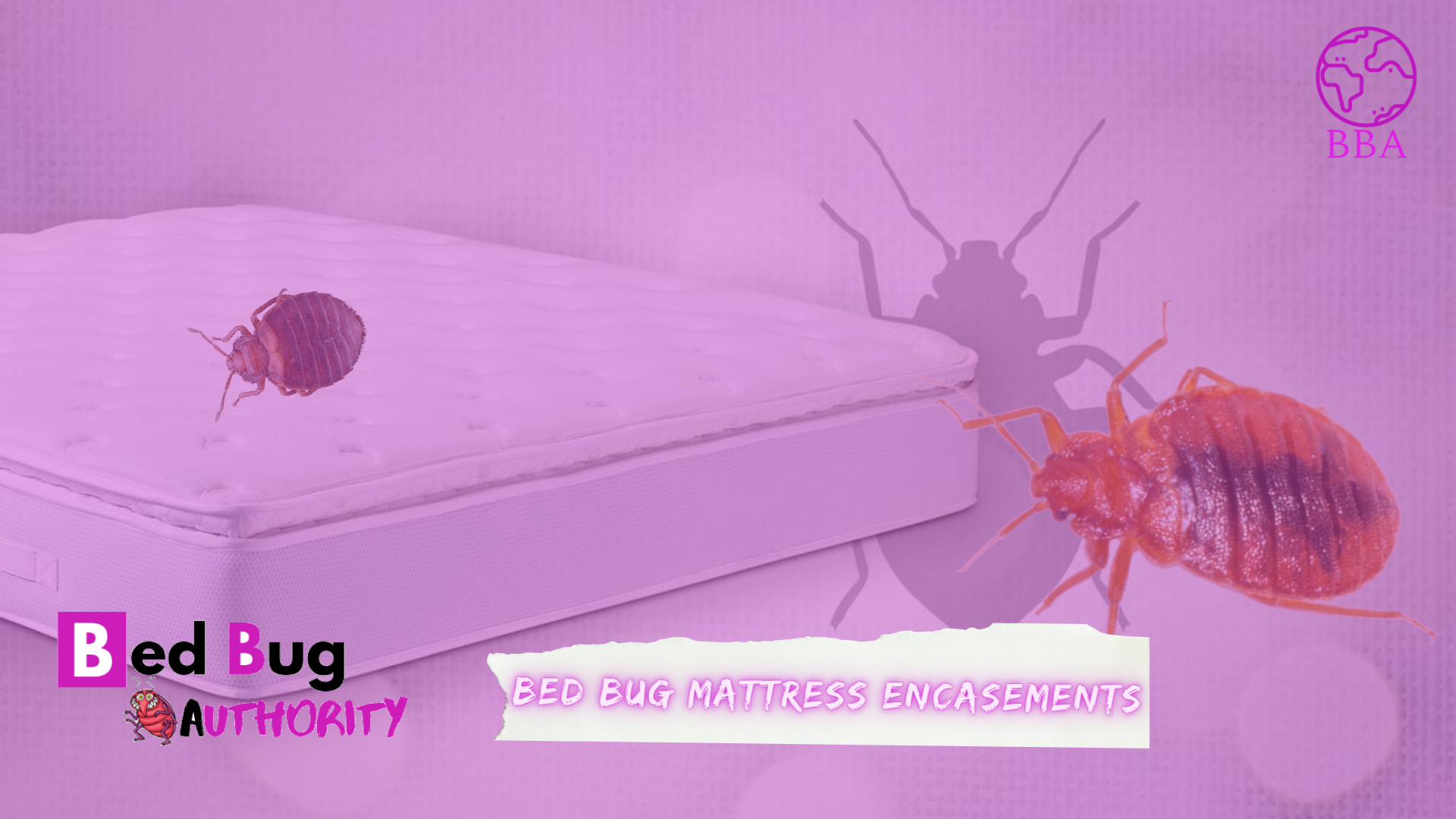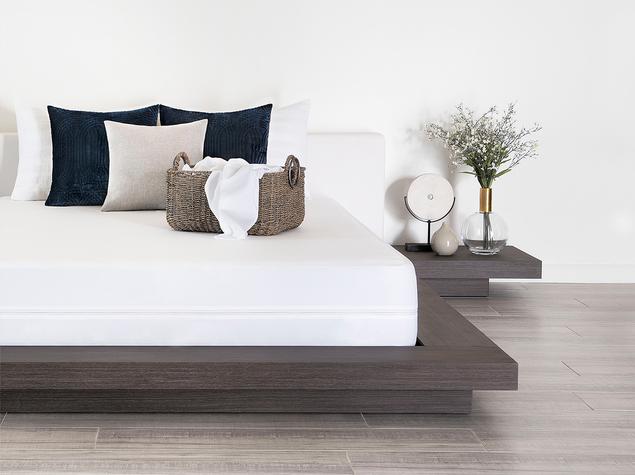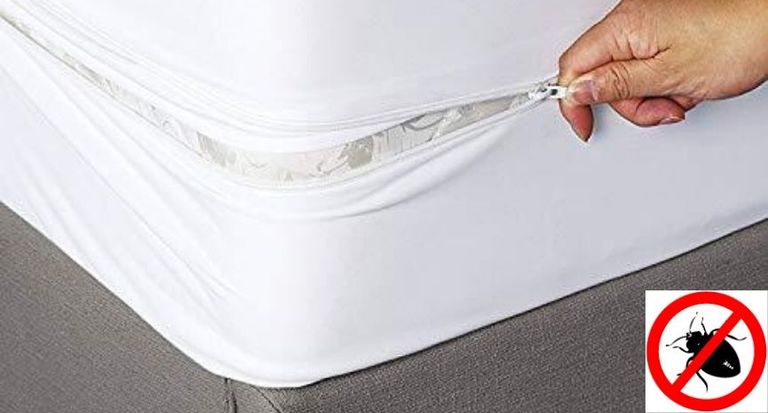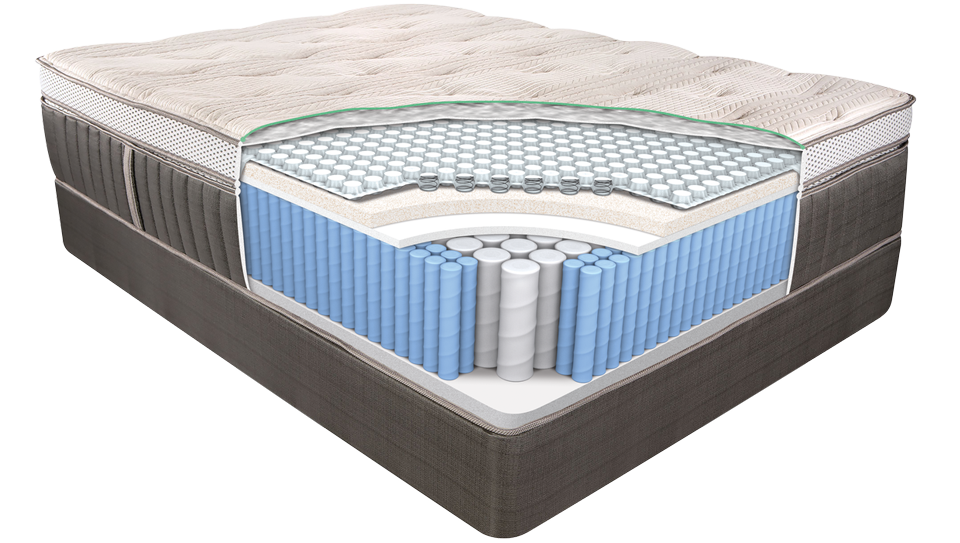Bed bugs are small, blood-sucking pests that can be found in mattresses and other areas where people sleep. These bugs are not only a nuisance, but they can also cause health problems if left untreated. If you have bed bugs on your mattress, it is important to take immediate action to get rid of them. Here are some steps you can take to eliminate bed bugs from your mattress: Step 1: Identify the Problem If you suspect that you have bed bugs on your mattress, the first thing you need to do is to confirm it. Look for small, dark spots on your mattress and sheets, which are a sign of bed bug droppings. You may also see small, reddish-brown bugs crawling on your mattress. If you find these signs, you have a bed bug infestation. Step 2: Remove and Isolate the Mattress The next step is to remove your mattress from the bed and place it in an isolated area, such as a garage or basement. This will prevent the bed bugs from spreading to other areas of your home. Make sure to cover the mattress with a plastic sheet to prevent the bugs from escaping. Step 3: Vacuum the Mattress Use a vacuum with a HEPA filter to thoroughly vacuum your mattress. This will help to remove any bed bugs and their eggs. Make sure to vacuum all sides of the mattress, including the seams and crevices. Step 4: Wash and Dry the Bedding Remove all bedding from your bed, including sheets, pillowcases, and comforters. Wash them in hot water and dry them on high heat. This will kill any bed bugs and their eggs that may be hiding in your bedding. Step 5: Treat the Mattress After vacuuming, treat your mattress with a bed bug spray or powder. Make sure to follow the instructions on the product carefully. You may also consider using a steam cleaner to kill the bed bugs and their eggs. Step 6: Encase the Mattress After treating your mattress, encase it in a bed bug proof cover. This will prevent any remaining bed bugs from escaping and re-infesting your mattress. Step 7: Monitor for Re-Infestation Even after following these steps, it is important to monitor your mattress for any signs of re-infestation. Regularly inspect your mattress and bedding for bed bug droppings and bugs.1. How to Get Rid of Bed Bugs on a Mattress
If you want to protect your mattress from bed bugs, investing in a good mattress cover is essential. These covers act as a barrier, preventing bed bugs from infesting your mattress. Here are some of the best mattress covers for bed bugs: 1. SafeRest Premium Zippered Mattress Encasement This mattress encasement is made of a soft, noiseless fabric that is also hypoallergenic. It is bed bug proof and also protects against dust mites, allergens, and bacteria. Its zipper closure ensures that no bed bugs can get in or out of the encasement. 2. Utopia Bedding Zippered Mattress Encasement This encasement is made of a breathable, stretchable fabric that is also waterproof. It is bed bug proof and can fit mattresses up to 15 inches deep. Its zipper closure has a velcro zip guard to ensure that no bed bugs can enter or escape. 3. LINENSPA Zippered Encasement This encasement is made of a soft, breathable fabric that is also noiseless. It is bed bug proof and can fit mattresses up to 12 inches deep. Its zipper closure has a bite-proof design to prevent bed bugs from entering or escaping. 4. SureGuard Mattress Encasement This encasement is made of a 100% cotton terry surface that is also hypoallergenic. It is bed bug proof and also protects against dust mites, allergens, and bacteria. Its zipper closure has a micro-zipper technology to prevent bed bugs from entering or escaping. 5. Sleep Defense System Mattress Encasement This encasement is made of a stretchable, breathable fabric that is also noiseless. It is bed bug proof and can fit mattresses up to 18 inches deep. Its zipper closure has a hook and loop flap to ensure that no bed bugs can enter or escape.2. Best Mattress Covers for Bed Bugs
If you have bed bugs on your pillows, you may be hesitant to use chemical sprays or powders to get rid of them. Luckily, there are some natural remedies that can help to eliminate bed bugs on pillows: 1. Lavender Essential Oil Lavender essential oil has natural insecticidal properties that can kill bed bugs. Mix a few drops of lavender oil with water and spray it on your pillows. You can also add a few drops to your laundry when washing your pillows. 2. Tea Tree Oil Tea tree oil is another natural insecticide that can be used to kill bed bugs. Mix a few drops of tea tree oil with water and spray it on your pillows. You can also add a few drops to your laundry when washing your pillows. 3. Diatomaceous Earth Diatomaceous earth is a natural powder that can be used to kill bed bugs on pillows. Sprinkle a thin layer of diatomaceous earth on your pillows and let it sit for a few hours before vacuuming it up. 4. Baking Soda Baking soda is a natural dehydrator that can kill bed bugs by drying them out. Sprinkle baking soda on your pillows and let it sit for a few hours before vacuuming it up. 5. Steam Using a steam cleaner on your pillows can kill bed bugs and their eggs. Make sure to use a high-temperature setting to ensure that the bugs are eliminated.3. Natural Remedies for Bed Bugs on Pillows
Preventing bed bugs from infesting your mattress is much easier than getting rid of them. Here are some steps you can take to prevent bed bugs on your mattress: 1. Inspect Secondhand Furniture If you are buying used furniture, make sure to thoroughly inspect it for any signs of bed bugs. Do not bring it into your home until you are sure it is bed bug-free. 2. Use Protective Covers Cover your mattress and box spring with bed bug proof covers. This will prevent bed bugs from getting into your mattress and breeding. 3. Keep Your Bedroom Clean Regularly vacuum and dust your bedroom to prevent bed bugs from finding a place to hide. Wash your bedding regularly in hot water and dry it on high heat. 4. Be Cautious When Traveling When staying in a hotel, thoroughly inspect the room for any signs of bed bugs. Keep your luggage off the floor and use a luggage rack if possible. 5. Use a Bed Bug Detector Bed bug detectors can help to alert you to the presence of bed bugs on your mattress. These can be placed under the legs of your bed to prevent bed bugs from climbing up and infesting your mattress.4. How to Prevent Bed Bugs on Your Mattress
Bed bug mattress encasements are designed to completely cover and seal your mattress, preventing bed bugs from getting in or out. But do they really work? The short answer is yes. Here are some reasons why bed bug mattress encasements are effective: 1. Trap Existing Bed Bugs If you already have bed bugs on your mattress, encasing it will trap them inside and prevent them from biting you and laying eggs. 2. Prevent Re-Infestation If you have treated your mattress for bed bugs, encasing it will prevent any remaining bugs from escaping and re-infesting your mattress. 3. Easy to Inspect With an encasement, you can easily inspect your mattress for any signs of bed bugs. If you see any, you can take action immediately before the infestation spreads. 4. Protect from Future Infestations Encasing your mattress can also prevent future infestations from occurring. This is especially useful if you live in an apartment building or have had bed bugs in the past. 5. Comfortable and Durable Bed bug mattress encasements are designed to be comfortable to sleep on and are also durable. They can last for several years, providing long-term protection against bed bugs.5. Bed Bug Mattress Encasements: Do They Work?
If you have bed bugs on your pillows, it is important to clean them thoroughly to get rid of the bugs and their eggs. Here are some steps you can follow to clean pillows infested with bed bugs: 1. Remove the Pillow Covers Remove all pillow covers and cases and wash them in hot water. Make sure to dry them on high heat to kill any bed bugs and their eggs. 2. Vacuum the Pillows Use a vacuum with a HEPA filter to thoroughly vacuum the pillows. Pay special attention to the seams and folds where bed bugs and their eggs may be hiding. 3. Wash the Pillows If your pillows are machine washable, follow the instructions on the label and wash them in hot water. You can also add a few drops of lavender or tea tree oil to the wash for added bed bug-killing properties. 4. Dry the Pillows Make sure to dry the pillows on high heat to kill any remaining bed bugs and their eggs. If your pillows are not machine washable, place them in a dryer on high heat for at least 30 minutes. 5. Treat the Pillows After washing and drying, you can treat your pillows with a bed bug spray or powder. Make sure to follow the instructions on the product carefully. 6. Use a Pillow Encasement To prevent future infestations, consider encasing your pillows in bed bug proof covers. This will prevent bed bugs from getting into your pillows and breeding.6. How to Clean Pillows Infested with Bed Bugs
Using mattress and pillow protectors is an effective way to prevent bed bugs from infesting your sleeping area. Here are some types of protectors you can use for bed bug prevention: 1. Bed Bug Proof Covers These covers are specifically designed to prevent bed bugs from getting into your mattress and pillows. They have a tightly woven fabric and a zipper closure to seal in any bed bugs. 2. Waterproof Protectors Waterproof protectors are not only useful for preventing spills and stains, but they can also prevent bed bugs from getting into your mattress and pillows. They have a waterproof backing and can be easily washed and dried. 3. Allergy Protectors These protectors are designed to protect against allergens, such as dust mites, pet dander, and pollen. They can also act as a barrier against bed bugs. 4. Mattress Encasements Mattress encasements are similar to bed bug proof covers, but they encase the entire mattress, providing 360-degree protection. They are also waterproof and can protect against other allergens. 5. Pillow Encasements Like mattress encasements, pillow encasements encase the entire pillow, providing complete protection against bed bugs. They are also waterproof and protect against allergens.7. Mattress and Pillow Protectors for Bed Bug Prevention
Knowing the signs of bed bugs on your mattress and pillows can help you catch an infestation early and take immediate action. Here are some signs to look out for: 1. Small, Dark Spots These spots are bed bug droppings and can be found on your mattress and pillowcases. 2. Blood Stains If you wake up with small, red spots on your sheets, it could be a sign of bed bugs. These spots are caused by bed bug bites. 3. Small, Red Bugs Bed bugs are small, reddish-brown bugs that can be found on your mattress and pillows. They are about the size of an apple seed.8. Signs of Bed Bugs on Your Mattress and Pillows
Pillow Mattresses: A Solution for Bed Bug Infestations
 Bed bugs are a common household pest that can cause a lot of discomfort and frustration for homeowners. These small, reddish-brown insects are known for their ability to hide in mattresses and other furniture, making them difficult to detect and eliminate. While there are various methods for getting rid of bed bugs, one solution that has gained popularity is the use of pillow mattresses.
Bed bugs are a common household pest that can cause a lot of discomfort and frustration for homeowners. These small, reddish-brown insects are known for their ability to hide in mattresses and other furniture, making them difficult to detect and eliminate. While there are various methods for getting rid of bed bugs, one solution that has gained popularity is the use of pillow mattresses.
What are pillow mattresses?
 Pillow mattresses, also known as encasements, are specially designed covers that completely encase a mattress or pillow. They are made of a tightly woven fabric that is impermeable to bed bugs and other pests, preventing them from entering or escaping the mattress. Pillow mattresses are also waterproof, protecting your mattress from spills and stains.
Bed bug infestations are on the rise, and traditional methods of getting rid of them can be time-consuming and expensive.
This is where pillow mattresses come in as a cost-effective and efficient solution. By encasing your mattress and pillows, you create a barrier that prevents bed bugs from entering or leaving, effectively trapping them inside. This not only helps to eliminate the current infestation, but also prevents future infestations from occurring.
Pillow mattresses, also known as encasements, are specially designed covers that completely encase a mattress or pillow. They are made of a tightly woven fabric that is impermeable to bed bugs and other pests, preventing them from entering or escaping the mattress. Pillow mattresses are also waterproof, protecting your mattress from spills and stains.
Bed bug infestations are on the rise, and traditional methods of getting rid of them can be time-consuming and expensive.
This is where pillow mattresses come in as a cost-effective and efficient solution. By encasing your mattress and pillows, you create a barrier that prevents bed bugs from entering or leaving, effectively trapping them inside. This not only helps to eliminate the current infestation, but also prevents future infestations from occurring.
How do pillow mattresses work?
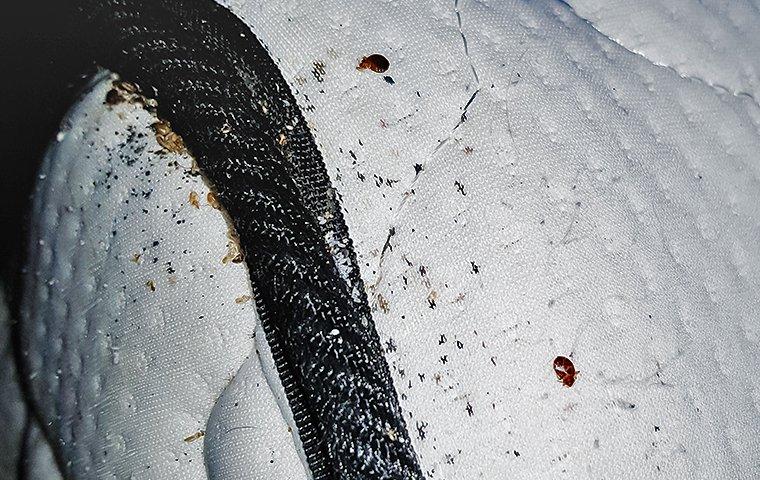 Pillow mattresses work by creating an airtight seal around your mattress or pillow, depriving bed bugs of their food source and causing them to eventually die. The tight weave of the fabric also makes it difficult for bed bugs to find a hiding spot, making it easier to detect and eliminate them.
In addition, pillow mattresses are designed to be easily removable and washable, making maintenance and cleaning a breeze.
This is especially helpful in case of a bed bug infestation, as you can simply remove and wash the encasement to get rid of any remaining bugs and their eggs.
Pillow mattresses work by creating an airtight seal around your mattress or pillow, depriving bed bugs of their food source and causing them to eventually die. The tight weave of the fabric also makes it difficult for bed bugs to find a hiding spot, making it easier to detect and eliminate them.
In addition, pillow mattresses are designed to be easily removable and washable, making maintenance and cleaning a breeze.
This is especially helpful in case of a bed bug infestation, as you can simply remove and wash the encasement to get rid of any remaining bugs and their eggs.
Other benefits of using pillow mattresses
 Aside from being an effective solution for bed bug infestations, pillow mattresses offer other benefits as well. They can help improve the overall hygiene of your mattress, as they protect it from dust mites, allergens, and other bacteria. They also provide an extra layer of comfort and support for your mattress, extending its lifespan.
Furthermore, pillow mattresses are a great option for those who suffer from allergies or asthma, as they create a physical barrier between you and the potential allergens in your mattress.
By using pillow mattresses, you can ensure a healthier and more comfortable sleep environment for you and your family.
In conclusion, pillow mattresses are a highly recommended solution for bed bug infestations. They are not only effective in eliminating and preventing bed bugs, but also offer numerous other benefits for your overall sleep experience. So if you're struggling with a bed bug problem, consider investing in a pillow mattress for a more hygienic and peaceful sleep.
Aside from being an effective solution for bed bug infestations, pillow mattresses offer other benefits as well. They can help improve the overall hygiene of your mattress, as they protect it from dust mites, allergens, and other bacteria. They also provide an extra layer of comfort and support for your mattress, extending its lifespan.
Furthermore, pillow mattresses are a great option for those who suffer from allergies or asthma, as they create a physical barrier between you and the potential allergens in your mattress.
By using pillow mattresses, you can ensure a healthier and more comfortable sleep environment for you and your family.
In conclusion, pillow mattresses are a highly recommended solution for bed bug infestations. They are not only effective in eliminating and preventing bed bugs, but also offer numerous other benefits for your overall sleep experience. So if you're struggling with a bed bug problem, consider investing in a pillow mattress for a more hygienic and peaceful sleep.






